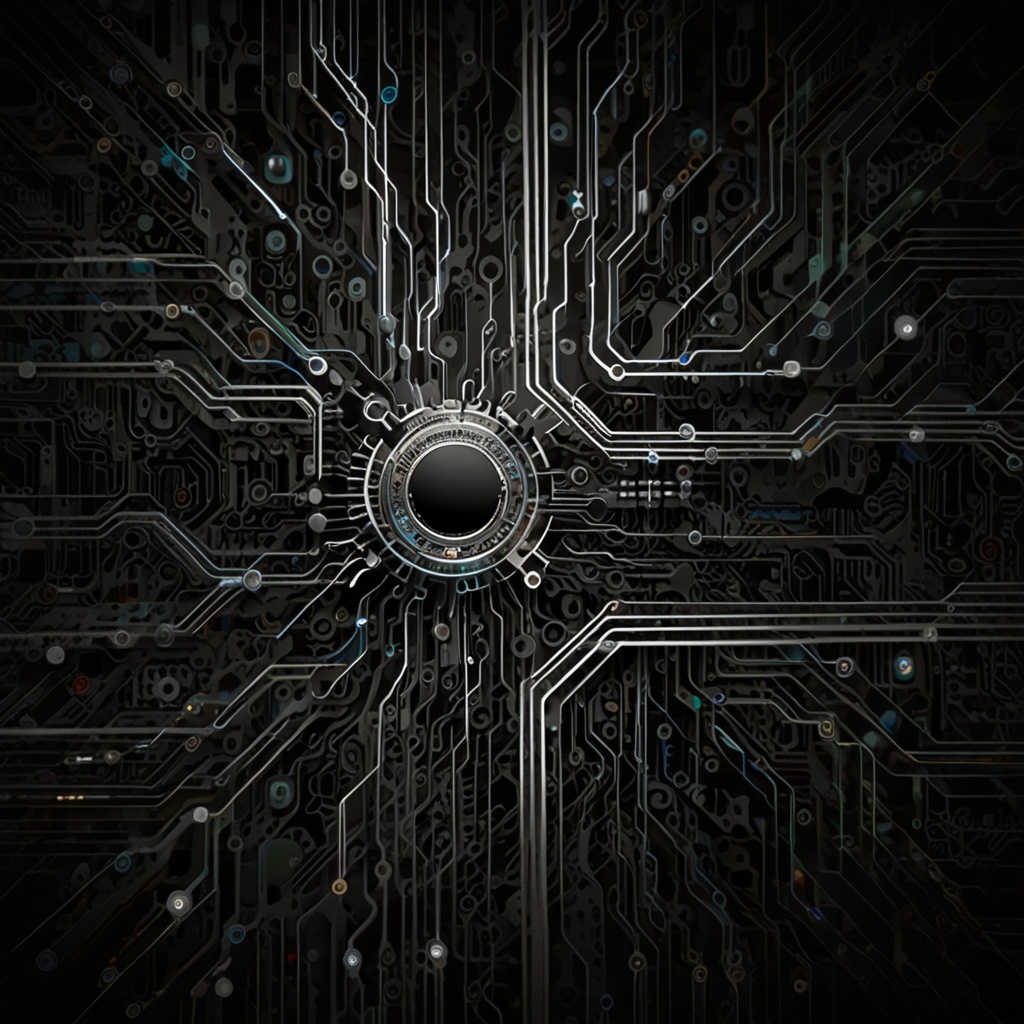The education landscape is undergoing a profound digital transformation, and at the forefront of this shift lies the concept of virtual classrooms and labs. As learners and institutions increasingly seek flexible, scalable, and interactive experiences, the role of Virtual Learning Environments (VLEs) has expanded dramatically. Today, with the integration of Artificial Intelligence (AI), Extended Reality (XR), and cloud technologies, we can not only replicate physical learning spaces but enhance them. This study delves into the architecture, benefits, technologies, and challenges of generating next-generation virtual classrooms and labs.
A virtual classroom is an online learning environment that allows instructors and students to communicate, interact, and collaborate in real time. Meanwhile, a virtual lab simulates physical laboratories, enabling learners to conduct experiments, manipulate equipment, and visualize processes using digital tools.
Unlike traditional online learning systems that are primarily content-driven, virtual classrooms and labs offer interaction, simulation, and presence key ingredients for engagement and retention.
Virtual labs and classrooms eliminate geographic and physical barriers. Students in underserved areas gain access to world-class education and experimentation tools via the internet.
Institutions can scale enrollment without expanding physical infrastructure. Sessions can be recorded, accessed asynchronously, and customized for different time zones.
While initial setup can be costly, virtual labs eliminate recurring expenses such as equipment wear, consumables, and instructor time for repeated lab demonstrations.
Virtual labs allow students to conduct potentially dangerous experiments in chemistry, biology, and physics without risk of injury or damage.
AI can guide students through lab steps, detect mistakes, and adjust the complexity of problems based on performance and preferences.
WebRTC powers video/audio communication in platforms like Zoom, Microsoft Teams, and Google Meet. Combined with HTML5 and WebSockets, it facilitates real-time collaboration.
Engines like Unity, Unreal Engine, and WebGL are used to build immersive lab environments. Students can navigate, interact, and manipulate digital objects as if in a physical space.
AI supports adaptive learning paths, real-time assessment, natural language processing for chatbots, and predictive analytics for engagement tracking.
AR overlays digital content in the real world (e.g., anatomy via Hololens), while VR fully immerses learners in a 3D environment for full-scale simulations (e.g., virtual surgery).
Platforms like AWS, Google Cloud, and Azure offer the computing power and storage to manage concurrent users, run AI models, and handle real-time rendering.
Digital certifications, lab completion badges, and skill assessments can be verified and stored securely using blockchain, ensuring tamper-proof academic records.
A leader in virtual lab simulations, Labster provides immersive STEM labs to universities and schools. It integrates AI-based guidance, experimental tools, and quizzes in a browser-based 3D environment.
Used for virtual classrooms and meetups, Mozilla Hubs supports voice chat, avatars, and spatial navigation in browser-based 3D worlds.
This XR platform allows educators to create fully immersive lectures and labs using VR headsets and motion capture for remote learners.
Coursera integrates cloud-based labs for programming, data science, and cybersecurity. Learners interact with virtual environments while the system monitors performance and automates feedback.
Virtual labs promote learning-by-doing. Simulations encourage experimentation, hypothesis testing, and iterative thinking.
Learners construct knowledge by interacting with digital objects, visualizing results, and forming conceptual understanding through exploration.
AI agents or programmed prompts provide real-time feedback, helping students correct errors and refine techniques.
Virtual classrooms allow for peer learning through discussion boards, group challenges, and co-lab experiments.
High-speed internet and capable devices are prerequisites. Institutions must ensure equitable access or risk deepening digital divides.
Immersive environments can overwhelm students without clear instruction. Designers must balance interaction with guidance.
Will skills learned in a virtual lab translate to the real world? Research shows promising results, but some domains (e.g., chemistry) may still require physical reinforcement.
Instructors need time and support to learn how to use and integrate virtual tools effectively into pedagogy.
Student activity and performance data must be protected under GDPR, FERPA, and institutional policies.
Procedural content generation using AI can create dynamic lab simulations on-demand based on curriculum needs or user level.
Facial emotion recognition and biometric sensors (e.g., eye tracking, heart rate) can personalize guidance, detect frustration, and adjust instruction.
AI tutors that respond via voice, gestures, or chat to guide learners through experiments or classroom activities.
Virtual environments will integrate deeply with Learning Management Systems (e.g., Canvas, Moodle) and Student Information Systems for seamless reporting and tracking.
With wearable devices, virtual labs can simulate the sense of touch, making skills like surgical procedures or mechanical assembly more lifelike.
The future of education lies not just in digital content delivery, but in creating immersive, intelligent, and adaptive learning environments. Virtual classrooms and labs, when powered by AI, cloud computing, and XR, offer a scalable, engaging, and inclusive alternative to traditional education. By replicating and enhancing real-world experiences, they democratize access to quality education and empower learners to explore, experiment, and excel. As the technology continues to mature, the generation of virtual classrooms and labs will become a cornerstone of modern pedagogy reshaping how we learn, teach, and connect across the globe.
